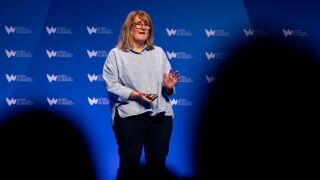The idea of developing ‘Fibre for Italy’ has been in the pipeline for some time. Back in November 2010, a group of major Italian telecoms operators signed a Memorandum of Understanding to join forces to provide fibre-optic roll-out, with the aim of providing a minimum of 100Mbps connectivity to 50% of Italian homes by 2020.
The companies involved are Telecom Italia, FastWeb, Vodafone Italia, BT Italia, Tiscali, Wind, H3G, 3 Italia and FOS (which is a joint stock company composed of smaller players). The government has now released a proposal for the creation of FiberCo, a public company, and the operators have a week to submit their comments to the Ministry.
If a 50% target for Italy’s next-generation network seems modest, this is because FiberCo will only focus on rolling networks out to those regions where carriers have not already made plans or provisions for fibre networks. Effectively, the programme aims to bring development and growth primarily to those areas where activity has been limited by the prospect of a low return on investment. So it’s not surprising that the negotiations have been reported as difficult.
The level of demand for the fibre-optic service is also difficult to gauge, especially as the proposal refers to a “forced migration”, rather than relying on market demand to drive adoption. However, figures released by FastWeb show that the level of return is significantly increased if there is total adoption of the new network. It claims that over a 10-year period, building costs and maintenance would be €1.49 per FTTH line if there is 50% take up; this is reduced to €0.87 if the service is adopted by all users. Therefore, ensuring total migration is the surest way to minimise risk.
If all goes ahead, FiberCo will soon enter a period of testing, with trials in six Italian cities. While we are still awaiting confirmation of testing locations, it seems that Milan, Lombardy, Salerno and Syracuse are all strong contenders for selection.
Tests are expected to start within the next three months and should be completed by April 2012.




